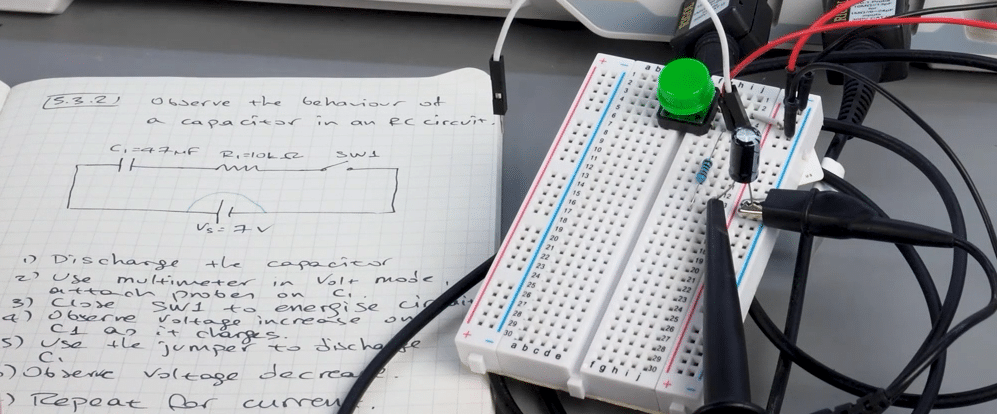Think of an electronic circuit as pathways through which electrons flow. These pathways are made from various basic electronic components, such as resistors, capacitors, diodes, transistors, and integrated circuits, all interconnected by conductive wires or traces on circuit boards. Electronic circuits process electrical power to perform specific functions, from lighting a bulb to running complex software on a computer.
There are two main types of electronic circuits: linear circuits and digital circuits. Linear circuits, also known as analog circuits, handle a range of voltage and current flow in a continuous manner; think of them as smoothly adjusting the volume on your radio or dimming your living room lights. Digital circuits, on the other hand, operate with discrete voltage levels, representing ones and zeros, like the language spoken by computers.
Understanding how these circuits work can initially seem daunting, but let’s demystify the technology by breaking it into its basic components and principles.
An electrical circuit requires an electrical voltage source to provide energy for moving electrons. As they flow, they pass through and interact with various electrical components, each serving a distinct purpose. For example, if you allow electrons to flow through a motor, the motor will spin. If the same electrons move through a speaker, you will hear a noise. And if these electrons move through a relay switch, the switch will close making a clicking sound. This flow of electrons is what we call "electricity".

